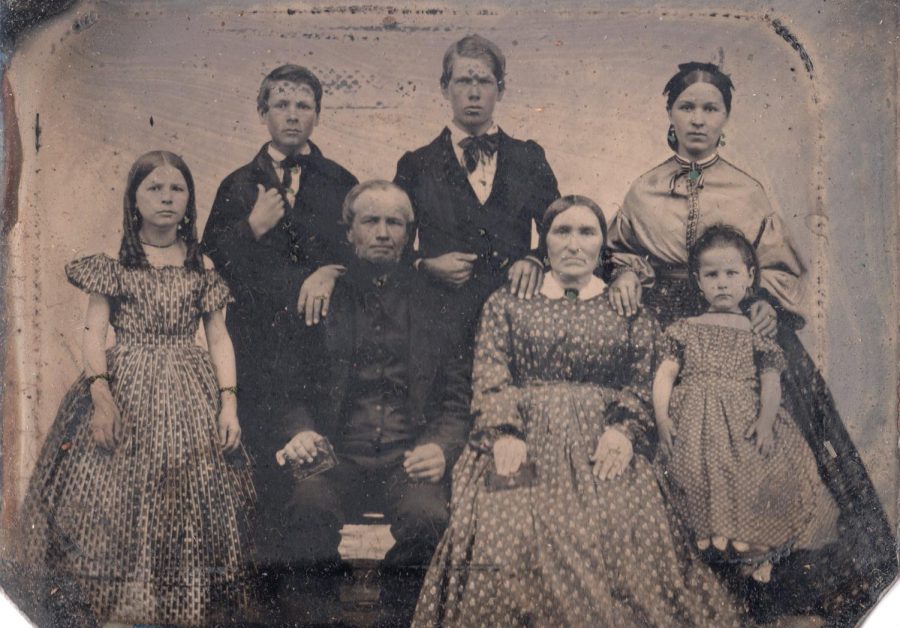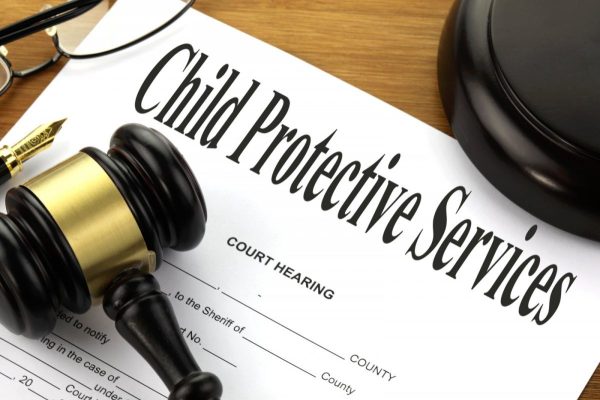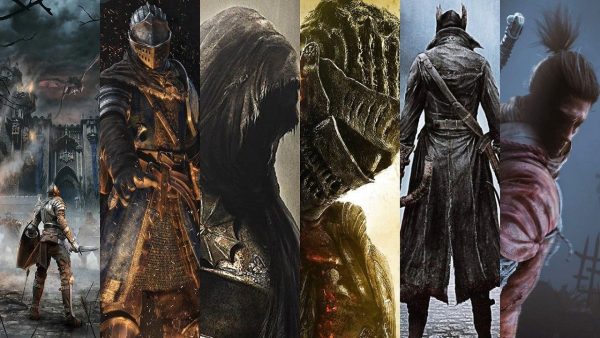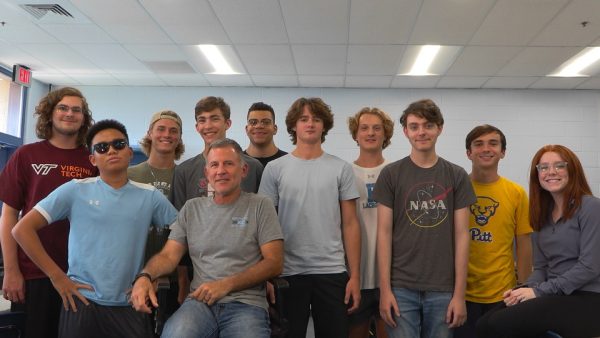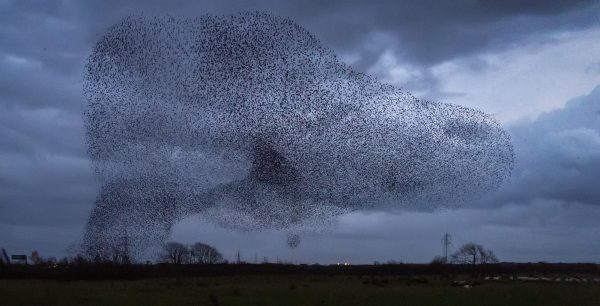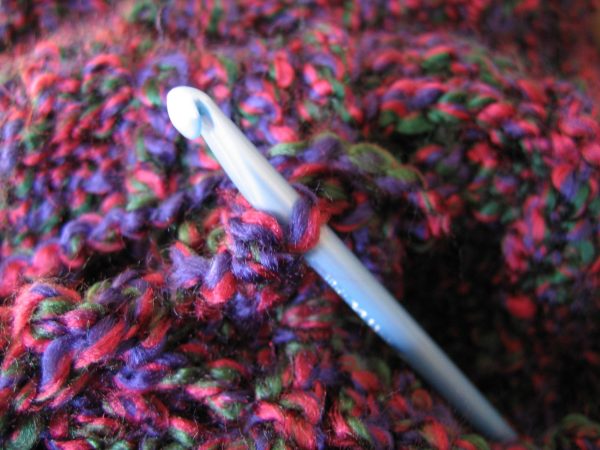Family History: And What Exactly is a Second Cousin?
When COVID hit, I spent a lot of time processing the mountain of family history boxes my family had inherited. It was exciting to find and digitize the photographs, documents, and information that had been held onto for generations. I already knew a bit about my ancestors and relatives, but discovering literally thousands more has been incredibly invigorating – almost addictive.
Despite genealogy’s association with the elderly, I have found teenagers more capable of modern research than their grandparent counterparts. But how do you go about finding your family, especially without the resources to hire professional genealogists or much information already?
FamilySearch is the largest collection of free genealogical records in the world, competitive with Ancestry.com, but offered by the Church of Jesus Christ of Latter-day Saints. It has programs to digitally create a family tree, much like other companies, and access sixteen billion historical records, to date, along with computer assistance to best utilize those records.
But other options do exist; no site has every record, and every site has a different collection. Most big sites, like Ancestry, Findmypast, or MyHeritage, are going to have some basic records – like the US Federal Censuses and Michigan death records – but they’re also going to have some uniqueness that could be more particular and helpful to a specific heritage. Different sites also have different functionalities and structures. Personal preferences are natural.
Something that’s often forgotten is the importance of preserving memories. People die. As tactless as it sounds, that’s reality. My grandma told awesome stories; sometimes it would be about her childhood friends and adventures, other times it was about college, or holidays with her family. None of us remember them as much as you’d think we would. Having things written down, or voice recordings preserves her personality for generations to come. Someone, two hundred years from now, can look back at their fourth-great grandmother, my grandma, and she won’t just be a name and some dates because we have pictures and stories. I am a descendant of John Howland, a man who fell off the Mayflower. It’s been incredible to learn his story and share it with my family. These kinds of stories and records are things that help ancestors seem so much more real, and that’s a big part of family history research.
I have seen, from teaching the elderly about family history, that they often (but not always) lack the technological skills to navigate modern research, despite great desires to do so. Because it’s online, when teenagers take the time to learn a little, when they want to figure things out, they are so much more capable and effective in using our modern resources! Older relatives are treasure troves of genealogical information that can seriously jumpstart things, but it’s young people who have the skills.
Forty years ago, to do genealogical research, you had to fly to wherever your ancestors lived and spend days searching through thousands of microfilm images; it was very expensive and time-consuming. Today, we have things like FamilySearch and Ancestry that have massive collections, are entirely online, and, in the case of FamilySearch, are free. It’s incredible! This reflects the exponential growth of family history research over time; as technology accelerates, our capacity also accelerates.
But why is this important at all? What does what happened a hundred years ago have to do with life today? Huntingtown Junior Nathan Hays said, “Family history is such a great way to connect and understand the legacy of your ancestors. For me it is highly motivating not just to know what they went through, but to learn from it. In our day and time we can truly see that the efforts of how just one person can change the world, and family history research is one of the best ways to learn it.”
So, where do you start? The best place is with what you already have; go talk to your parents, your grandma – go through those old scrapbooks. I’d bet you can find more than you think. Once you can get back to your grandparents’ full names and birth years, or so, look online for their marriage license. That could have their birthdates and parents’ names. Then, with all that, you can find their family on the 1940 or 1950 US Census. Then you’ll have your grandparents’ siblings, and great-grandparents’ birth years and places. Then keep going. That’s just about all you need to do. Learn what types of information are on what types of records, then use the information you have to find the types of records you can corroborate and that provide more information – that’s it!
And if you’re actually wondering what a second cousin is, here’s a great video that could help.
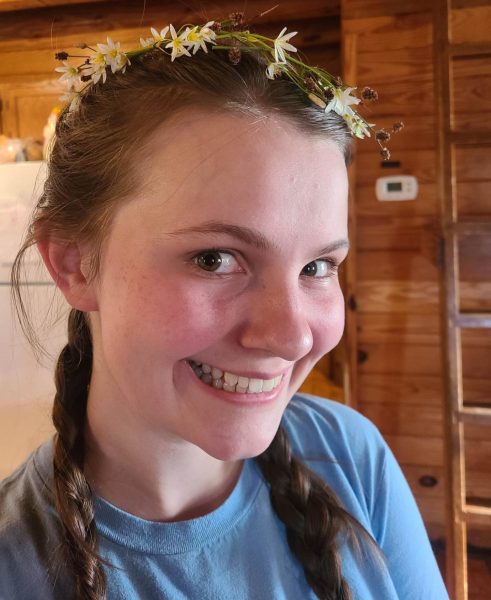
I'm Madelyn Crawford, and I'm a junior at Huntingtown High. I call Calvert County home and love the natural beauty I get to see every day. I think how...
